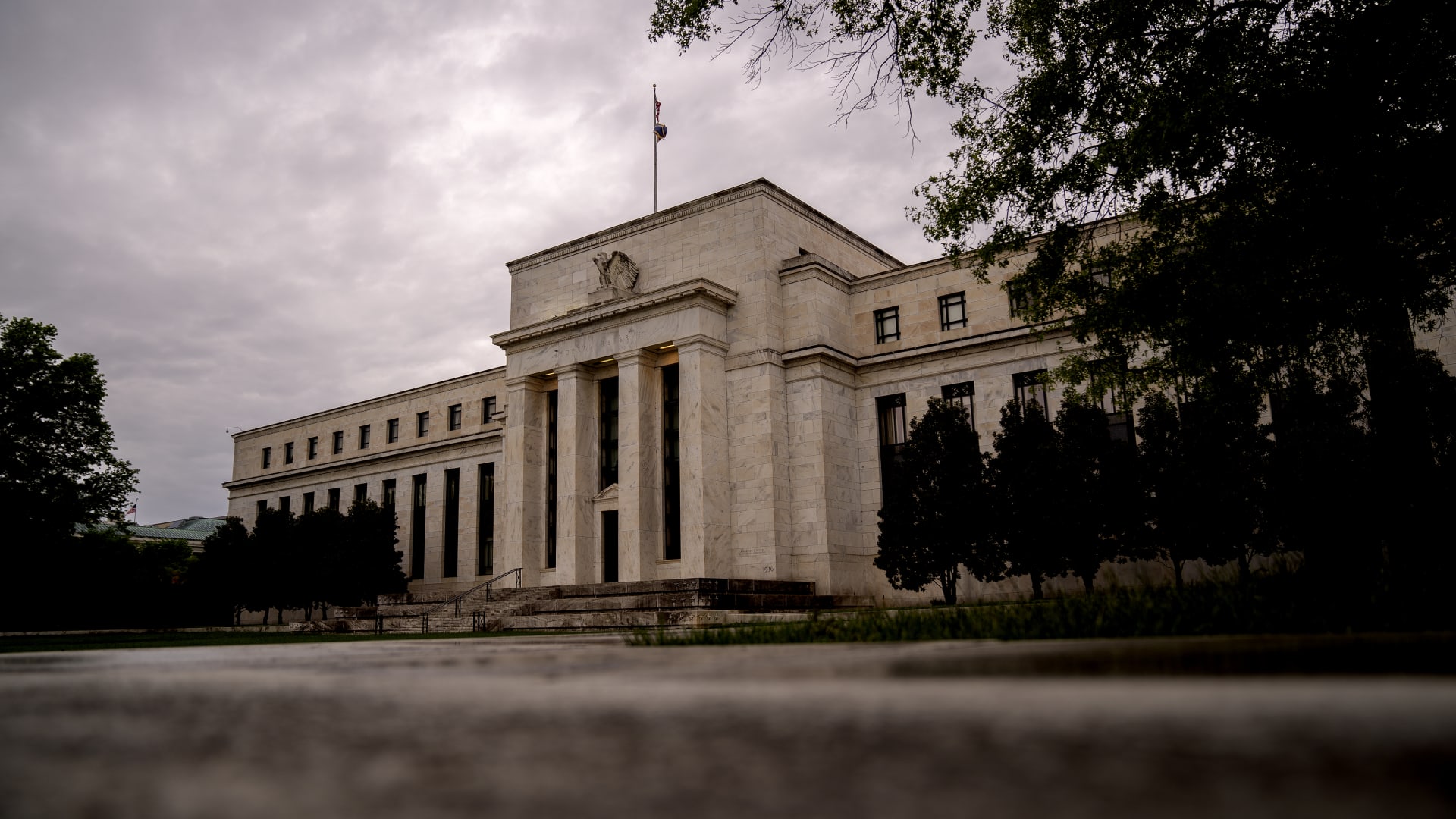
- The Federal Reserve will likely raise its target federal funds rate at its meeting next week.
- Since March 2022, the central bank has hiked its benchmark rate 10 times to a targeted range of 5% to 5.25%, the fastest pace of tightening since the early 1980s.
- Here's a breakdown of what that increase could mean for you, including how it may affect your credit card, car loan, mortgage, student debt and savings deposits.

After a pause last month, experts predict the Federal Reserve will likely raise rates by a quarter of a point at the conclusion of its meeting next week.
Fed officials have pledged not to be complacent about the rising cost of living, repeatedly expressing concern over the effect on American families.
Get South Florida local news, weather forecasts and entertainment stories to your inbox. Sign up for NBC South Florida newsletters.
Although inflation has started to cool, it still remains well above the Fed's 2% target.
Since March 2022, the central bank has hiked its benchmark rate 10 times to a targeted range of 5% to 5.25%, the fastest pace of tightening since the early 1980s.
Money Report
Most Americans said rising interest rates have hurt their finances in the last year. About 77% said they've been directly affected by the Fed's moves, according a report by WalletHub. Roughly 61% said they have taken a financial hit over this time, a separate report from Allianz Life found, while only 38% said they have benefited from higher interest rates.
"Rising interest rates can sometimes feel like a double-edged sword," said Kelly LaVigne, vice president of consumer insights at Allianz Life. "While savings accounts are earning more interest, it is also more expensive to borrow money for big purchases like a home, and many Americans worry that rising interest rates are a harbinger of a recession."
Five ways the rate hike could affect you
Any action by the Fed to raise rates will correspond with a hike in the prime rate, pushing financing costs higher for many types of consumer loans.
Short-term borrowing rates are the first to jump. Already, "the cost of variable rate debt has gone up substantially," said Columbia Business School economics professor Brett House. Yet, "people continue to consume."
However, "we are getting closer and closer to the point that those excess savings are going to be exhausted and the effect of those rate hikes may bite quite quickly," House added.
Here's a breakdown of five ways another rate increase could affect you, in terms of how it may affect your credit card, car loan, mortgage, student debt and savings deposits.
1. Credit cards
Since most credit cards have a variable rate, there's a direct connection to the Fed's benchmark. As the federal funds rate rises, the prime rate does, as well, and credit card rates follow suit.
The average credit card rate is now more than 20%, an all-time high, while balances are higher and nearly half of credit card holders carry credit card debt from month to month, according to a Bankrate report.
If the Fed announces a 25-basis-point hike next week as expected, consumers with credit card debt will spend an additional $1.72 billion on interest this year alone, according to the analysis by WalletHub. Factoring in the previous rate hikes, credit card users will wind up paying about $36 billion in interest over the next 12 months, WalletHub found.
2. Adjustable-rate mortgages
Adjustable-rate mortgages and home equity lines of credit are also pegged to the prime rate. Now, the average rate for a HELOC is up to 8.58%, the highest in 22 years, according to Bankrate.
Since 15-year and 30-year mortgage rates are fixed and tied to Treasury yields and the economy, homeowners won't be affected immediately by a rate hike. However, anyone shopping for a new home has lost considerable purchasing power, partly because of inflation and the Fed's policy moves.
The average rate for a 30-year, fixed-rate mortgage currently sits at 6.78%, according to Freddie Mac.
Since the coming rate hike is largely baked into mortgage rates, homebuyers are going to pay about $11,160 more over the life of the loan, assuming a 30-year fixed rate, according to WalletHub's analysis.
3. Car loans

Even though auto loans are fixed, payments are getting bigger because the price for all cars is rising along with the interest rates on new loans.
For those planning on purchasing a new car in the next few months, the Fed's move could push up the average interest rate on a new car loan even more. The average rate on a five-year new-car loan is already at 7.2%, the highest in 15 years, according to Edmunds.
Paying an annual percentage rate of 7.2% instead of last year's 5.2% could cost consumers $2,273 more in interest over the course of a $40,000, 72-month car loan, according to data from Edmunds.
"The double whammy of relentlessly high vehicle pricing and daunting borrowing costs is presenting significant challenges for shoppers in today's car market," said Ivan Drury, Edmunds' director of insights.
4. Student loans
Federal student loan rates are also fixed, so most borrowers aren't immediately affected by the Fed's moves. But as of July, undergraduate students who take out new direct federal student loans will pay an interest rate of 5.50%, up from 4.99% in the 2022-23 academic year.
For now, anyone with existing federal education debt will benefit from rates at 0% until student loan payments restart in October.
Private student loans tend to have a variable rate tied to the Libor, prime or Treasury bill rates, and that means as the Fed raises rates, those borrowers will also pay more in interest. But how much more will vary with the benchmark.
5. Savings accounts
While the Fed has no direct influence on deposit rates, the yields tend to be correlated to changes in the target federal funds rate. The savings account rates at some of the largest retail banks, which were near rock bottom during most of the Covid-19 pandemic, are currently up to 0.42%, on average.
Due in part to lower overhead expenses, top-yielding online savings account rates are now at more than 5%, the highest since the 2008 financial crisis, with some short-term certificates of deposit even higher, according to Bankrate.
However, if this is the Fed's last increase for a while, "you could see yields start to slip," according to Greg McBride, Bankrate's chief financial analyst. "Now's a good time to be locking that in."






